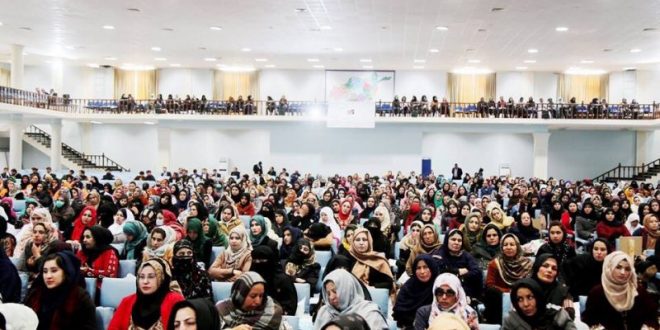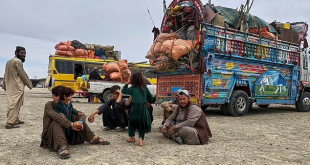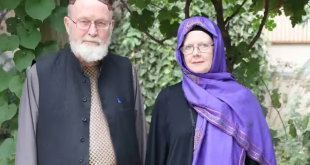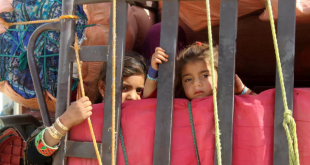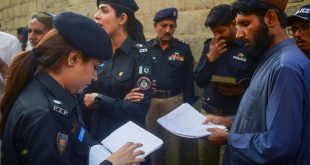Women in Afghanistan have been constantly suppressed and their rights violated, partly due to the never-ending conflicts. Although their situation has improved to some extent over the past one and a half decades, they still face violence across the country. Among many others, a few of the improvements could be cited as the number of Afghan girls in school being increased by six-fold compared to 18 years back, over 2,500 women joining the police force, and nearly 300 women judges working in the judicial sector. Despite all this, the Ministry of Women’s Affairs said that as many as 6,449 cases of violence against women, including 21 murders, have been registered in Afghanistan this year. Marking the International Day for the Elimination of Violence against Women, the ministry said cases of violence against women had increased this year, compared to last year’s across the country. This is while the Afghanistan Independent Human Rights Commission (AIHRC) a few days back had reported that 2,800 cases of violence against women had been registered during the first seven months of this year, showing a nine percent increase to last year.
Being beaten, insulted, sexually abused and enduring domestic violence are some of the many manifestations of violence that women are unfortunately subjected to in Afghanistan. Women face violence mostly in rural areas and far-flung parts of the country due to cultural barriers, and lack of courts and proper institutions to address their issues. According to the minister, insecurity, powerful individuals’ involvement and kangaroo courts are the major factors behind the increased violence against women in the country.
Oppression of this most vulnerable classof society can be summarized in the fact that committing violence against women is part of a cultural defect in Afghanistan because it doesn’t carry the social stigma it should. This coupled with a lack of proper law enforcement and adequate public awareness make the situation even worse for women. However, the solution for swiftly ending this gender-based violence in homes, schools and communities could be found by strengthening the legal framework and law enforcement and punishing the perpetrators properly without any impunity for their crimes. As the relevant ministry has hinted at a law that is being prepared and would be approved next year to prevent violence against women, the process should be accelerated by the government in order to break this cycle of violence. Meanwhile, the Wolesi Jirga or the Lower House of Parliament has demanded allocation of separate funds for enabling women to access their rights – which is a laudable step to be carried out and would go a long way in improving women’s situation. Another important measure is spreading public awareness on the need to eliminate violence towards women with the help of civil society, media and Ulema. The government should step up efforts because there is so much work remained to be done in this sphere.
 Afghanistan Times
Afghanistan Times
